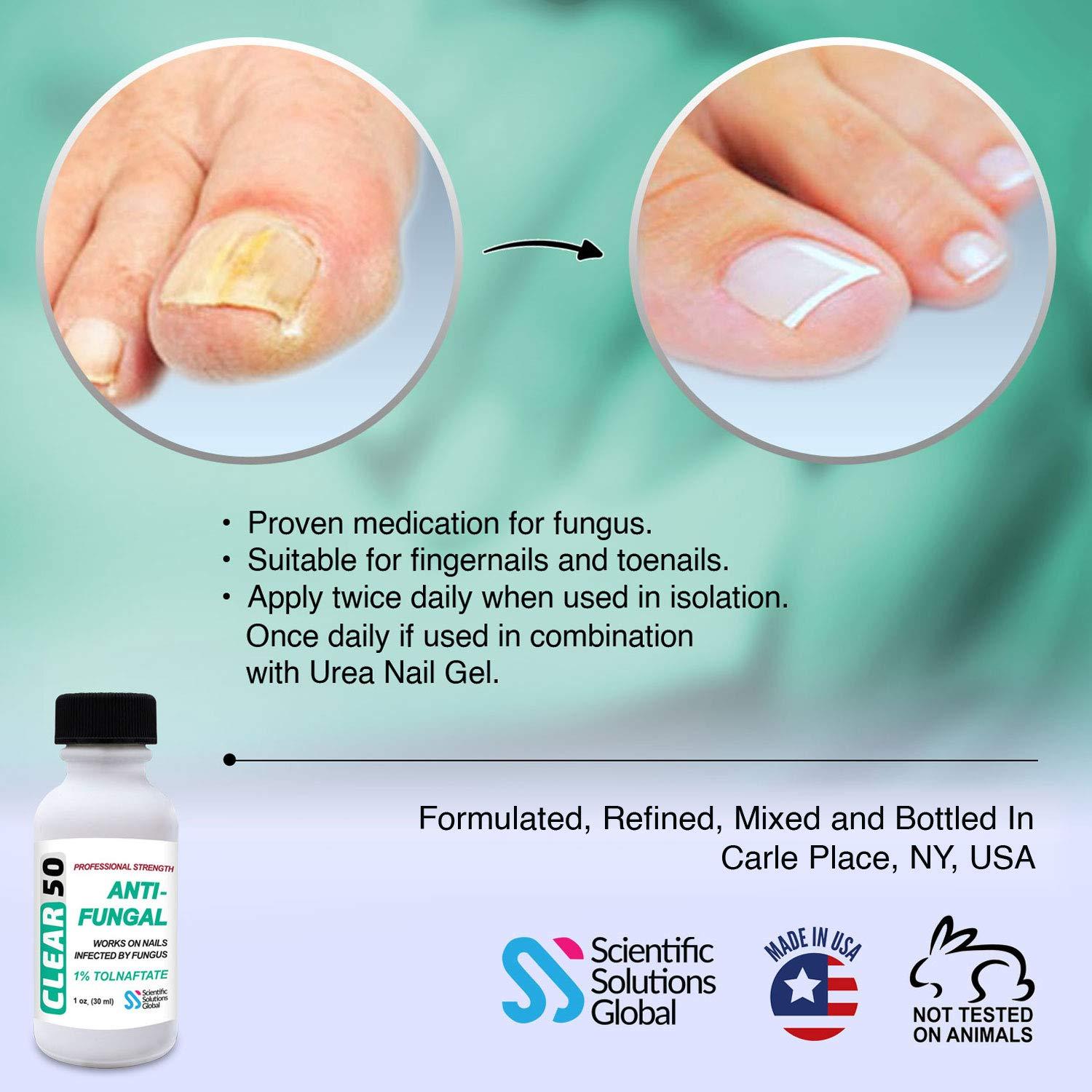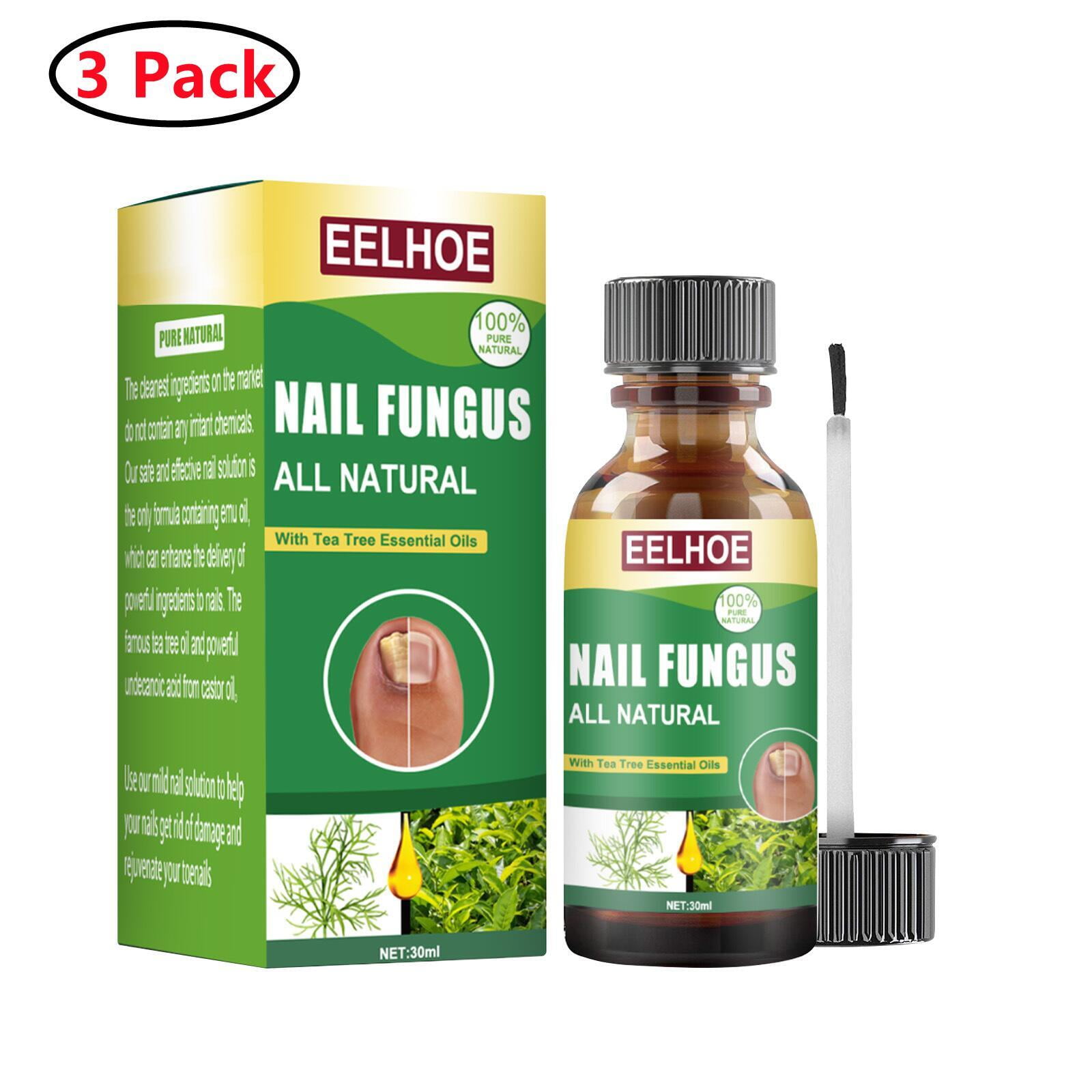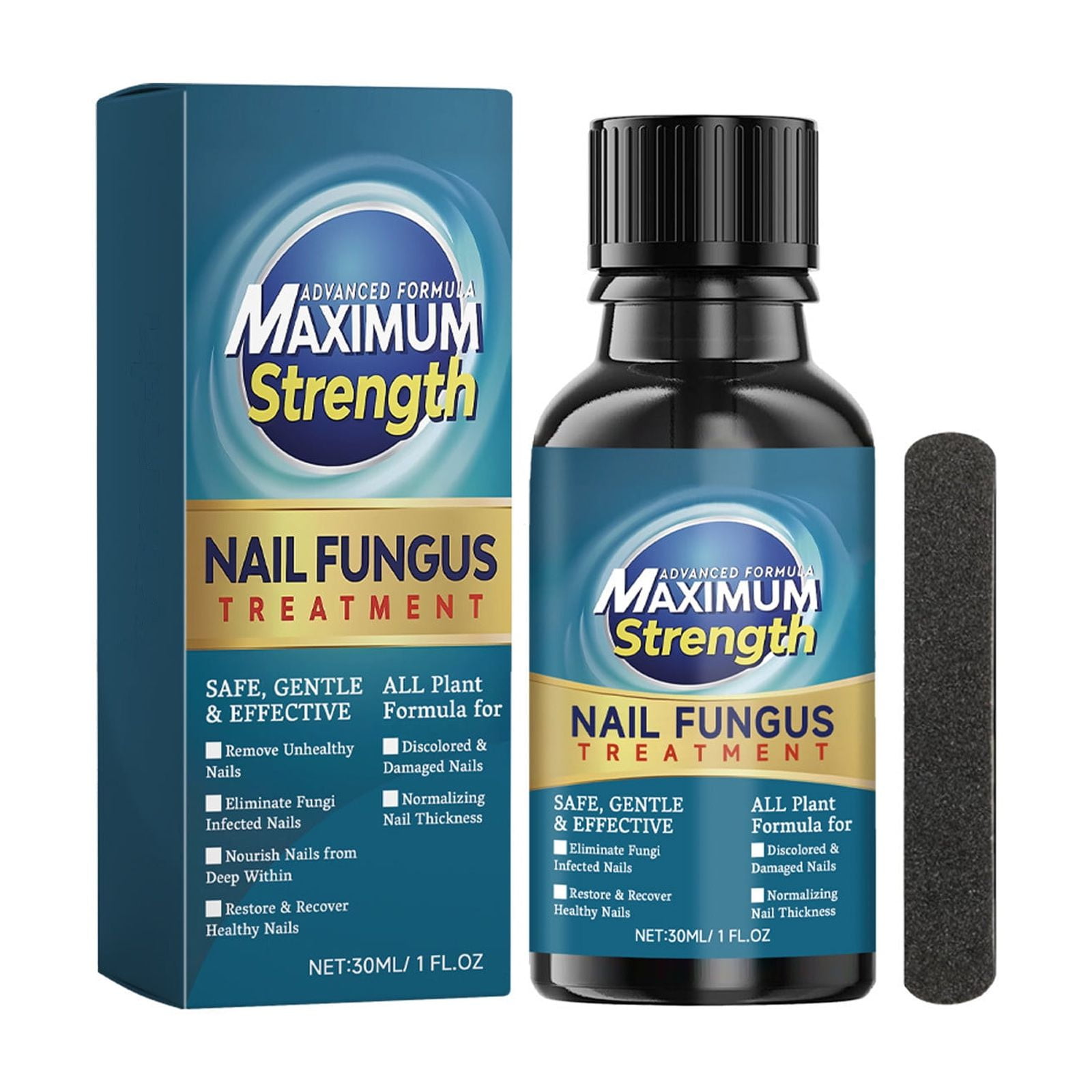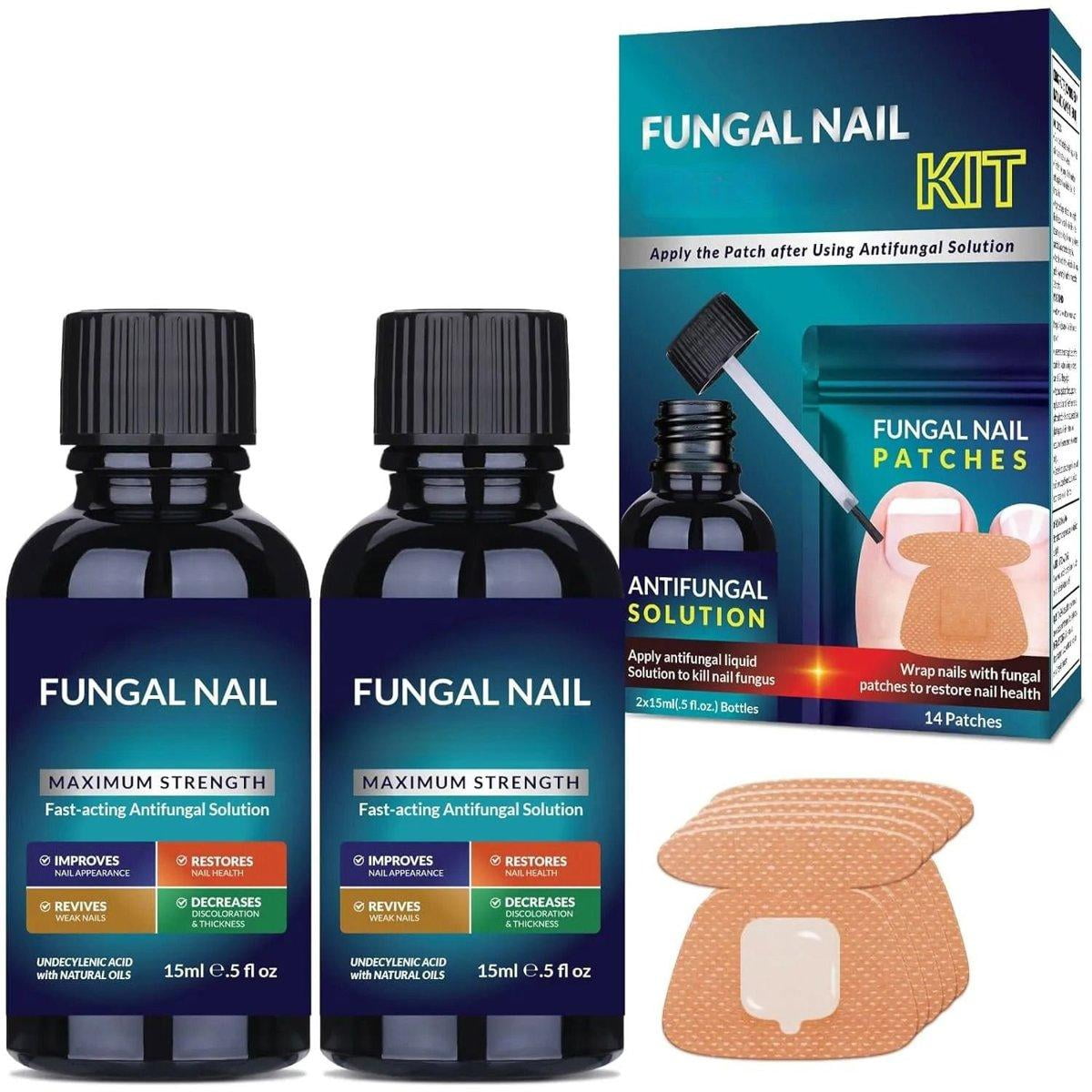Tolnaftate Vs Undecylenic Acid For Toenail Fungus

The battle against toenail fungus, or onychomycosis, is a persistent struggle for millions. Discolored, thickened, and often painful nails can significantly impact quality of life. Over-the-counter (OTC) treatments offer a readily accessible starting point, but navigating the array of options can be confusing. Two common antifungal ingredients frequently found in these products are tolnaftate and undecylenic acid.
This article delves into the efficacy, safety, and applications of these two medications. It aims to equip individuals with the knowledge needed to make informed decisions about treating their toenail fungus at home. It considers factors such as severity of infection, potential side effects, and the importance of adherence to treatment regimens.
Understanding Toenail Fungus
Onychomycosis is a fungal infection that affects the toenails. The infection is typically caused by dermatophytes, a type of fungus that thrives on keratin. Keratin is the protein that makes up nails and skin.
Symptoms can range from mild discoloration to significant thickening and crumbling of the nail. In severe cases, the infection can cause pain, difficulty walking, and even secondary bacterial infections. Early diagnosis and treatment are crucial to prevent the spread of the infection and minimize long-term complications.
Tolnaftate: Mechanism and Effectiveness
Tolnaftate is a synthetic antifungal agent. It works by distorting the fungal cells, preventing them from growing and multiplying. It is widely available in various OTC formulations, including creams, solutions, and powders.
Tolnaftate is considered effective against a broad range of fungi, including dermatophytes. However, its effectiveness against toenail fungus is somewhat limited due to its inability to penetrate the nail plate effectively. Studies suggest that while tolnaftate can be useful in preventing fungal infections, its cure rate for established toenail fungus is relatively low.
According to the Mayo Clinic, tolnaftate is best suited for mild cases of athlete's foot and ringworm. It's also good at preventing recurrence, but often requires prescription medications for established toenail infections.
Undecylenic Acid: A Natural Approach
Undecylenic acid is a naturally occurring fatty acid derived from castor oil. It functions as an antifungal agent by inhibiting fungal growth and disrupting fungal cell membranes. Unlike tolnaftate, undecylenic acid is considered a more natural alternative.
It is often combined with other ingredients, such as zinc undecylenate, to enhance its antifungal activity. While generally considered safe for topical use, its efficacy against toenail fungus is also limited by its penetration capabilities. Research suggests that undecylenic acid may be more effective in preventing fungal infections or treating mild cases, rather than eradicating severe, established infections.
A study published in the Journal of the American Academy of Dermatology indicated that undecylenic acid, when used in combination with other antifungal agents, can show improved results. Even so, standalone treatment for severe cases is not generally recommended.
Comparing Efficacy: Studies and Data
Direct comparative studies between tolnaftate and undecylenic acid for toenail fungus are limited. Both are primarily considered for mild infections or preventative measures. Most clinical trials focus on prescription-strength antifungals like terbinafine or itraconazole.
Anecdotal evidence and expert opinions suggest that neither tolnaftate nor undecylenic acid are highly effective as standalone treatments for moderate to severe toenail fungus. Their lack of nail penetration is a major factor. More aggressive treatment is usually needed for real results.
According to the American Academy of Dermatology, topical treatments, in general, have lower success rates compared to oral medications. This is due to the difficulty of the medication reaching the site of the infection beneath the nail.
Safety and Side Effects
Both tolnaftate and undecylenic acid are generally considered safe for topical use. Side effects are rare and usually mild. These may include skin irritation, burning, or itching at the application site.
Allergic reactions are possible, but uncommon. It's important to discontinue use if any severe reactions occur. Pregnant or breastfeeding women should consult with a healthcare professional before using any antifungal medication, including tolnaftate and undecylenic acid.
Individuals with pre-existing skin conditions or sensitivities should also exercise caution and perform a patch test before widespread application. Checking with a podiatrist or dermatologist is always a safe bet.
Application and Regimen
Proper application is crucial for maximizing the potential effectiveness of both treatments. The affected nail should be thoroughly cleaned and dried before applying the medication. The medication should be applied thinly and evenly to the entire nail surface and surrounding skin.
Adherence to the recommended treatment regimen is essential. Typically, treatments need to be applied once or twice daily for several weeks or months. Consistency is key to seeing any improvement.
Even with diligent application, visible results may take a long time to appear, because toenails grow slowly. Therefore, patience is paramount when using OTC treatments for toenail fungus. If no improvement is observed after several weeks, consulting a healthcare professional is recommended.
Beyond OTC: When to Seek Professional Help
While tolnaftate and undecylenic acid can be helpful for mild cases, they are often insufficient for treating more severe infections. If the infection is spreading, causing significant pain, or affecting multiple nails, it's crucial to seek professional medical advice.
A healthcare provider can perform diagnostic tests to confirm the diagnosis and identify the specific type of fungus causing the infection. They can also prescribe more potent antifungal medications, such as oral antifungals or topical prescription treatments, which have higher cure rates. In some cases, nail removal may be necessary.
Conditions like diabetes or compromised immune systems increase the risk of complications from toenail fungus. In such cases, prompt medical attention is especially important.
Conclusion: Making an Informed Choice
Tolnaftate and undecylenic acid represent readily available OTC options for managing mild toenail fungus. They can be effective for prevention or early-stage infections, however neither is a guaranteed cure for severe onychomycosis.
Individuals should weigh the potential benefits against the limitations of these treatments. They should also consider the severity of their infection and consult with a healthcare professional if symptoms persist or worsen.
Ultimately, successful treatment requires a comprehensive approach. This could include appropriate topical medications, good nail hygiene, and, in many cases, prescription-strength interventions. By making informed decisions and seeking professional guidance when needed, individuals can increase their chances of overcoming the frustrating challenge of toenail fungus.


















